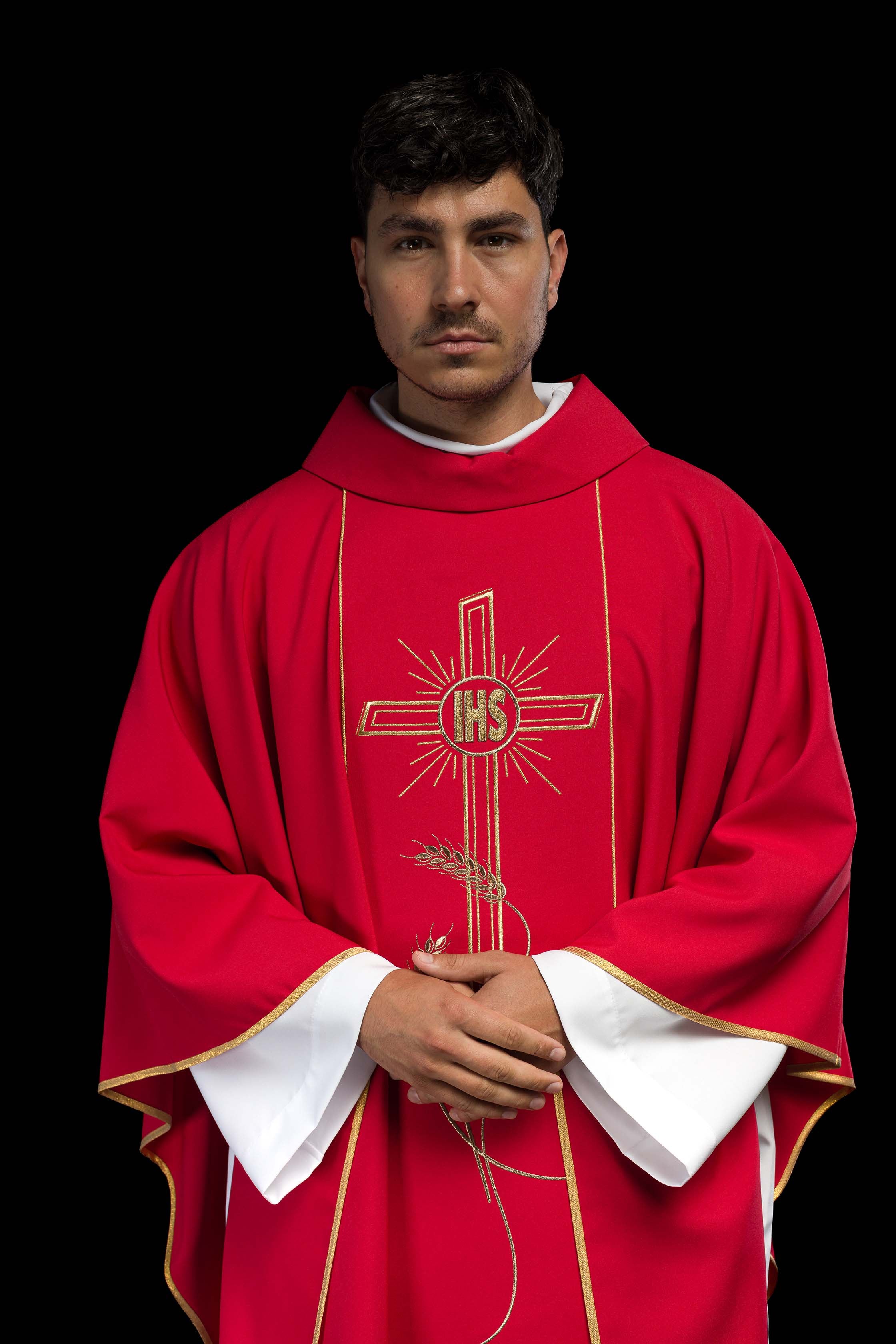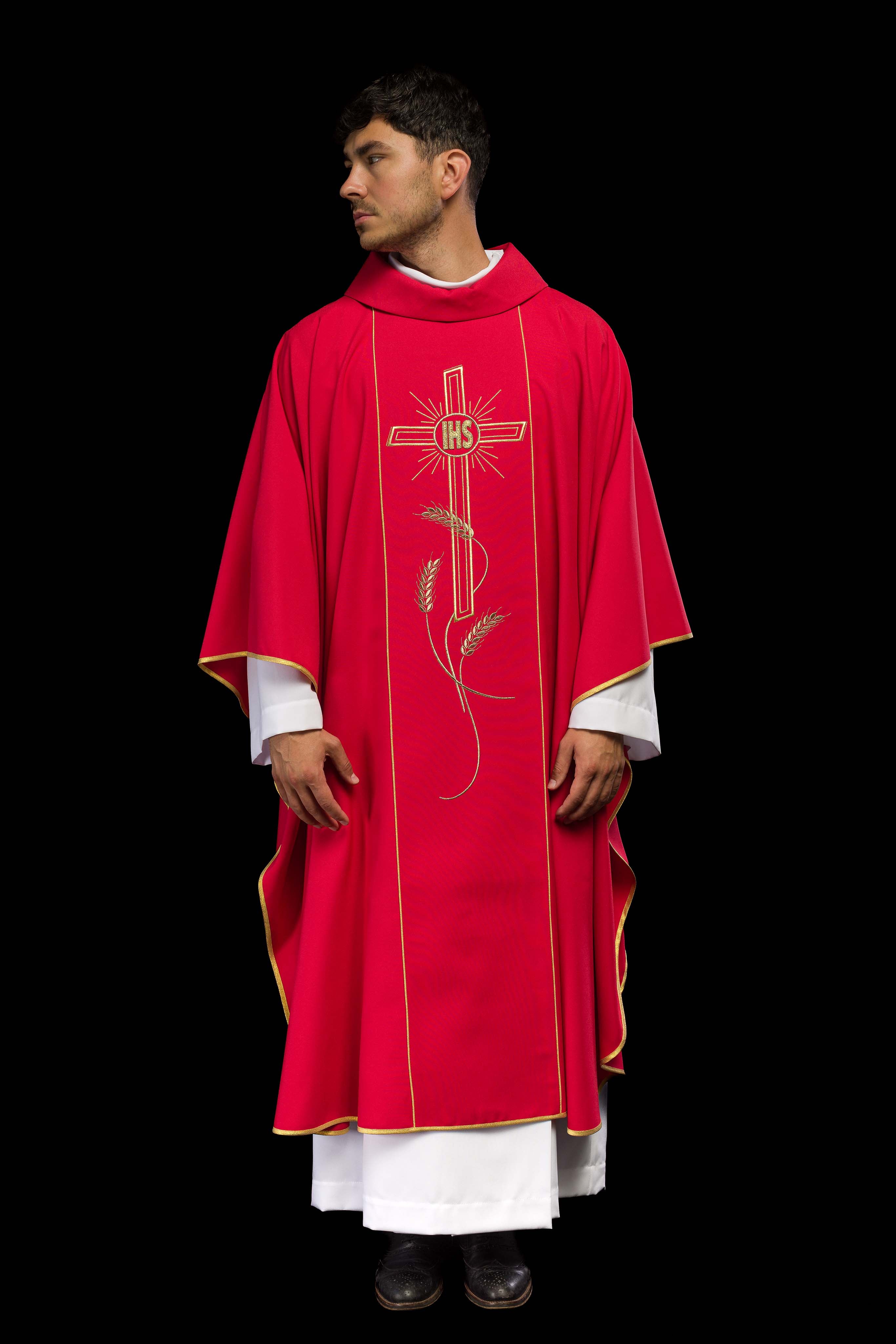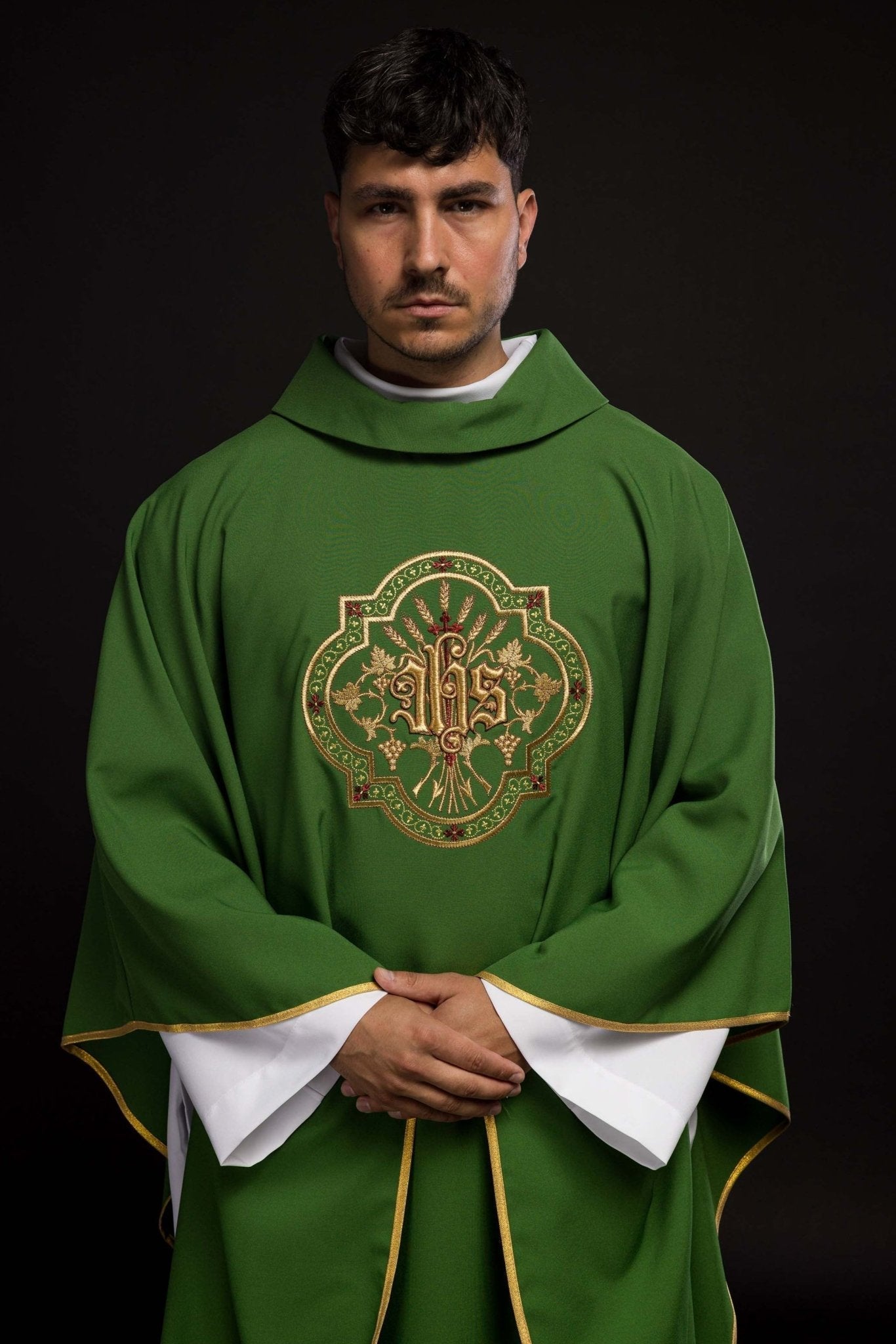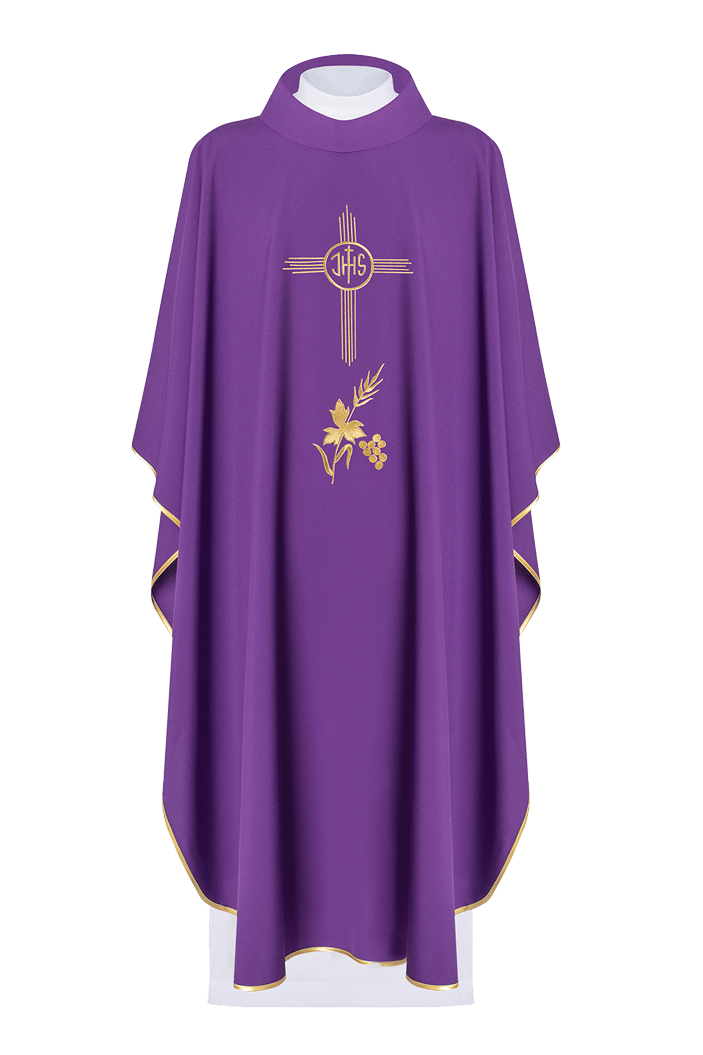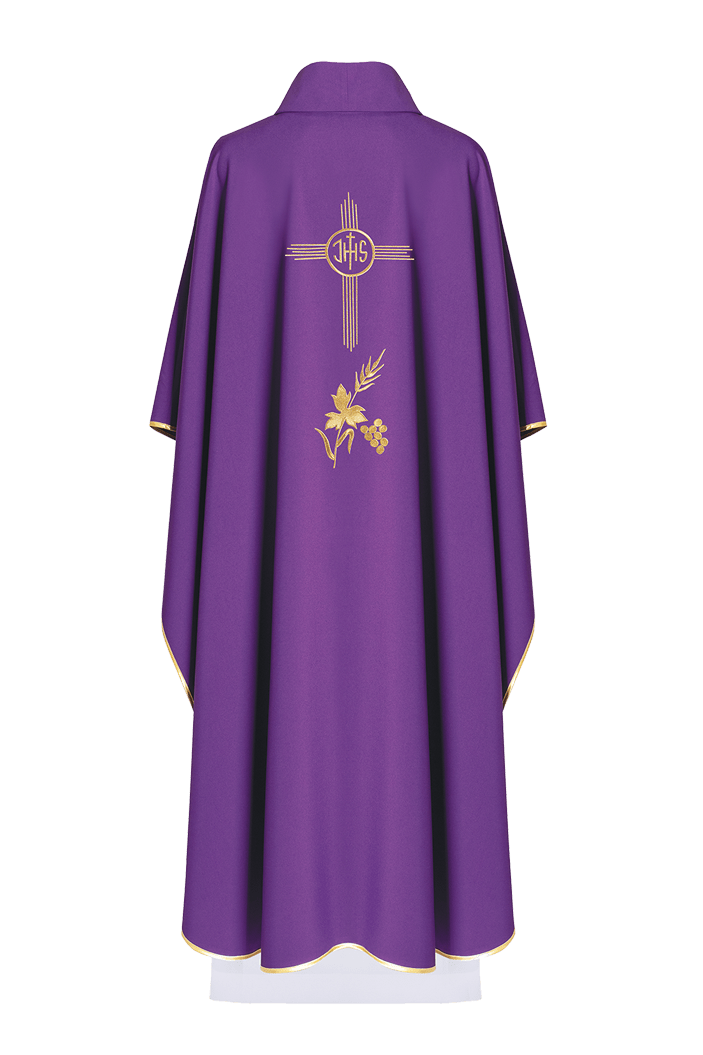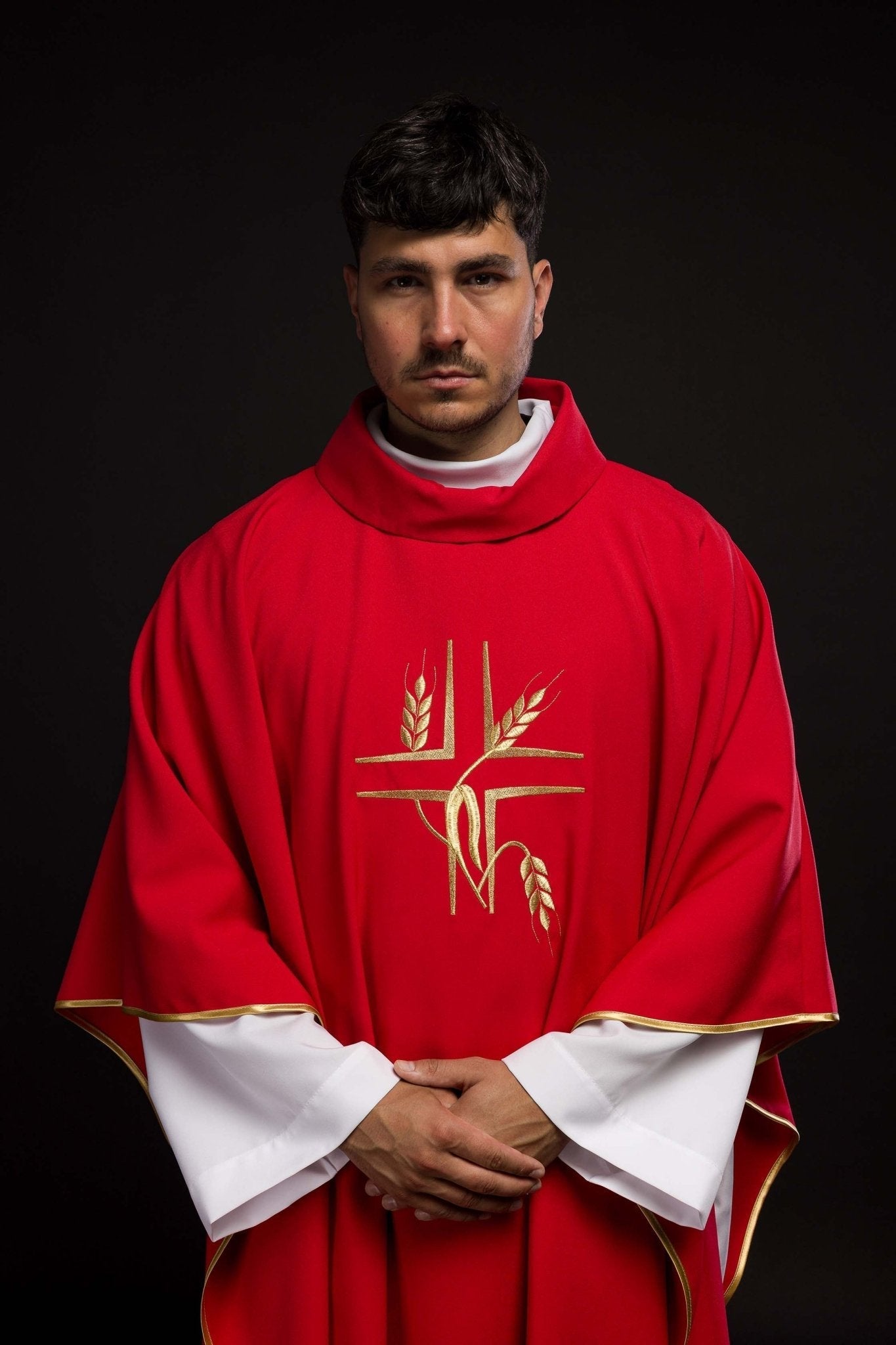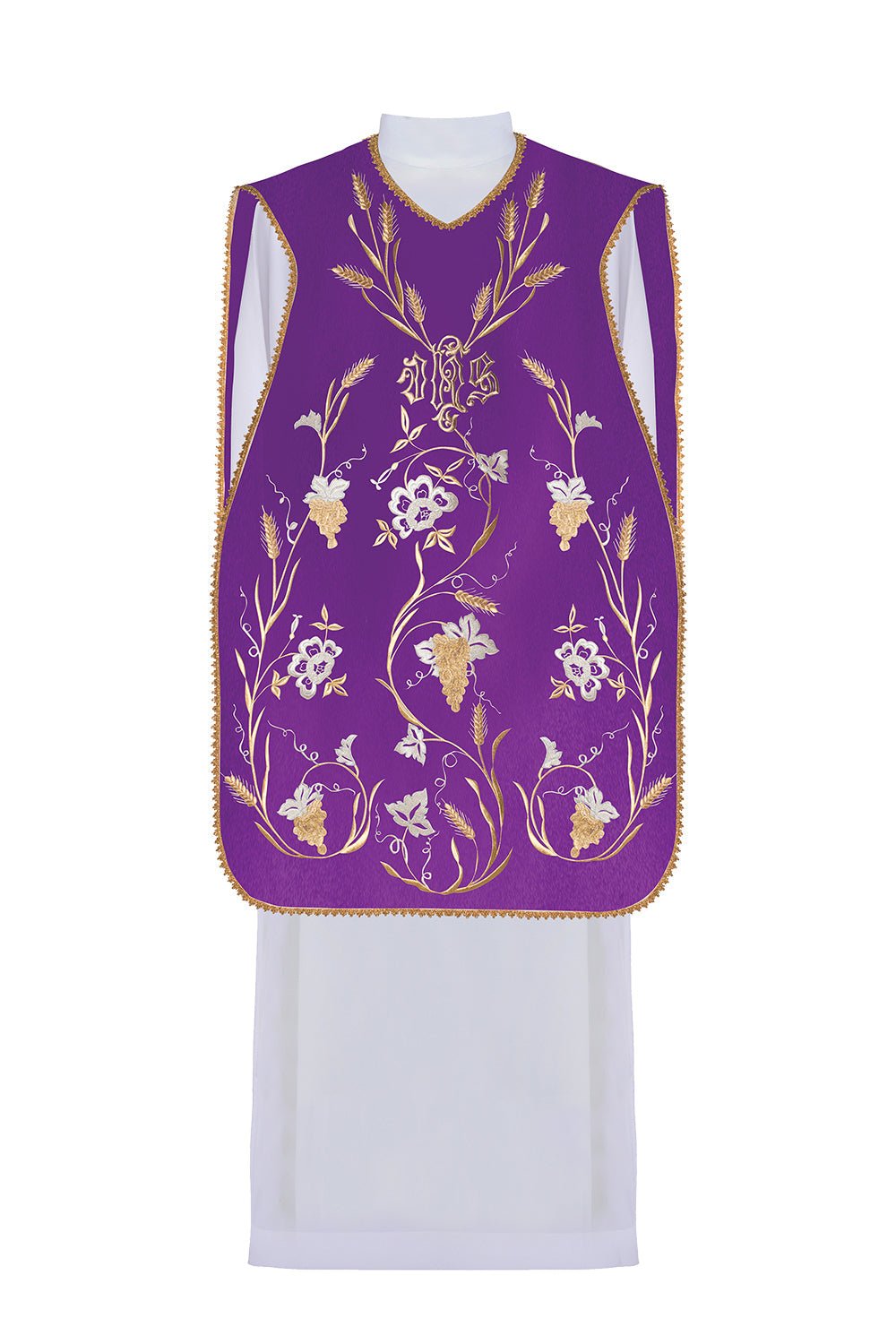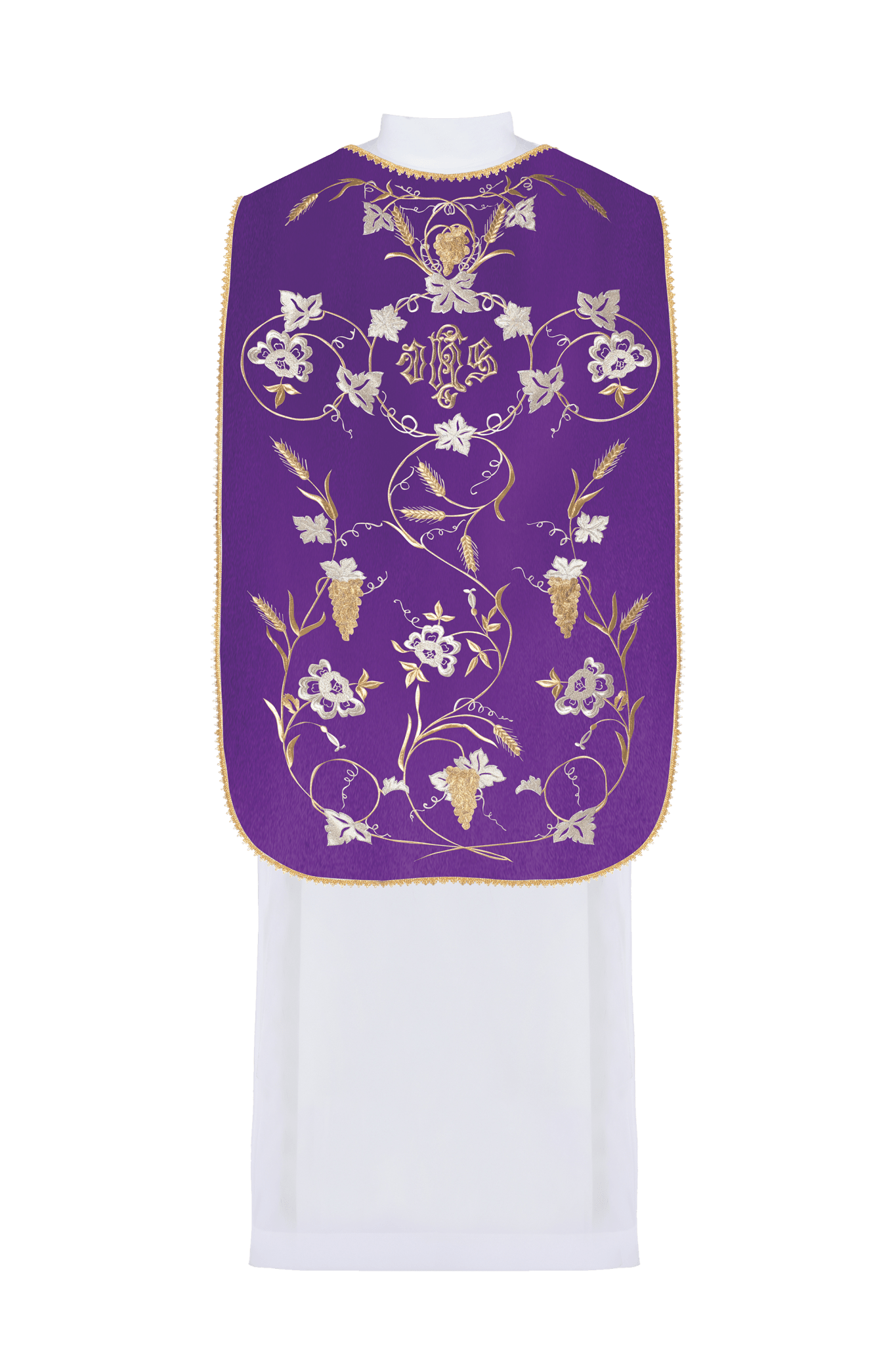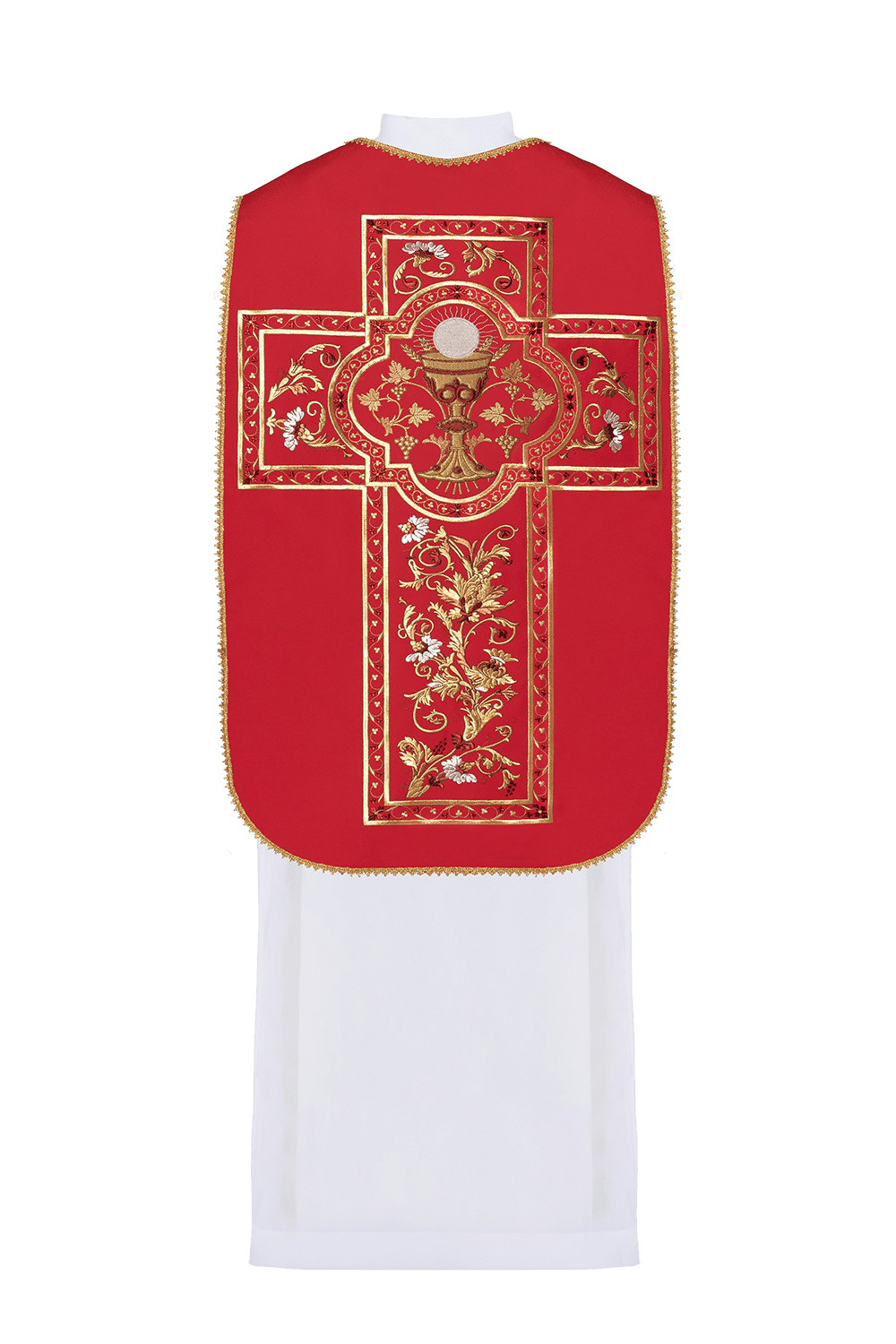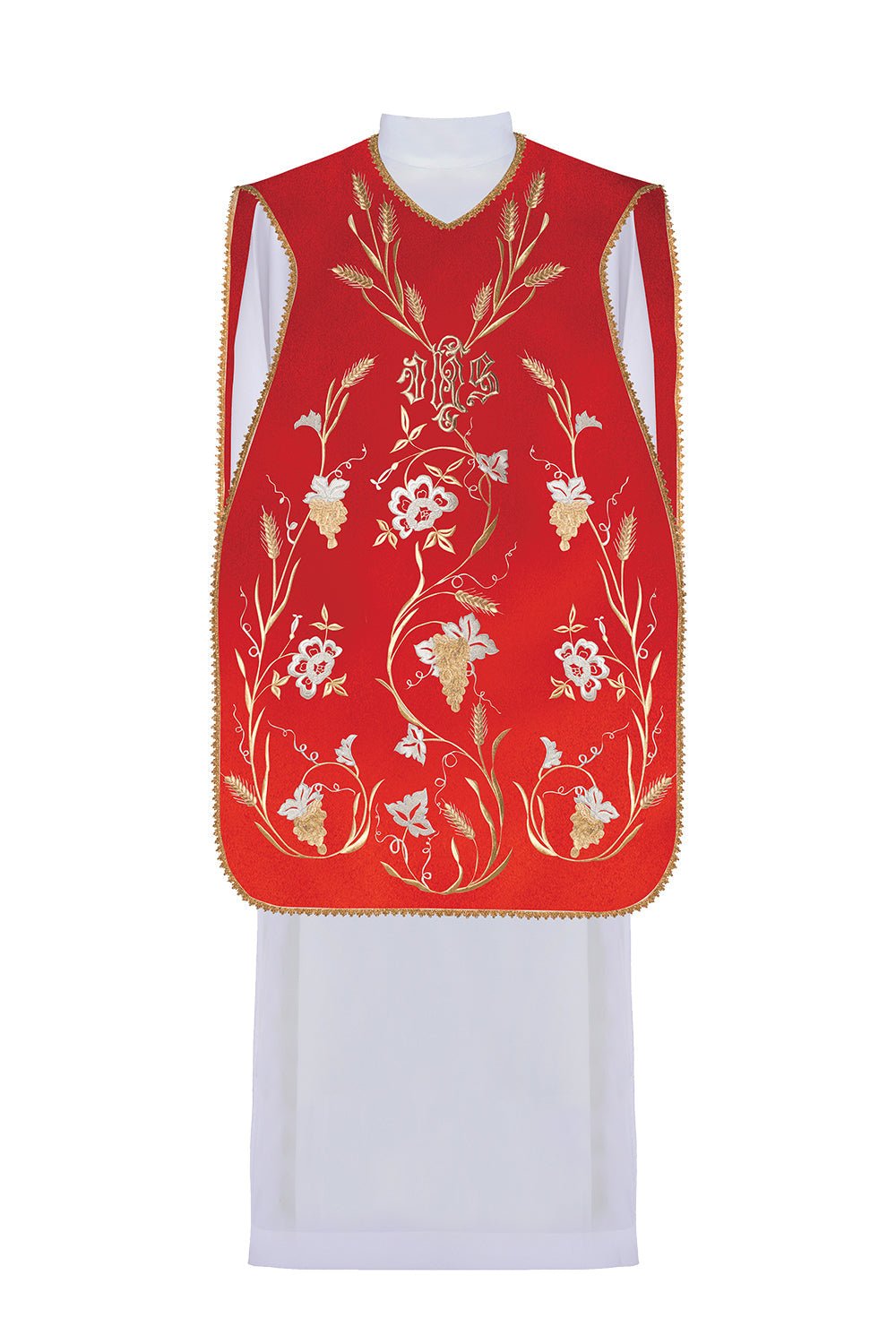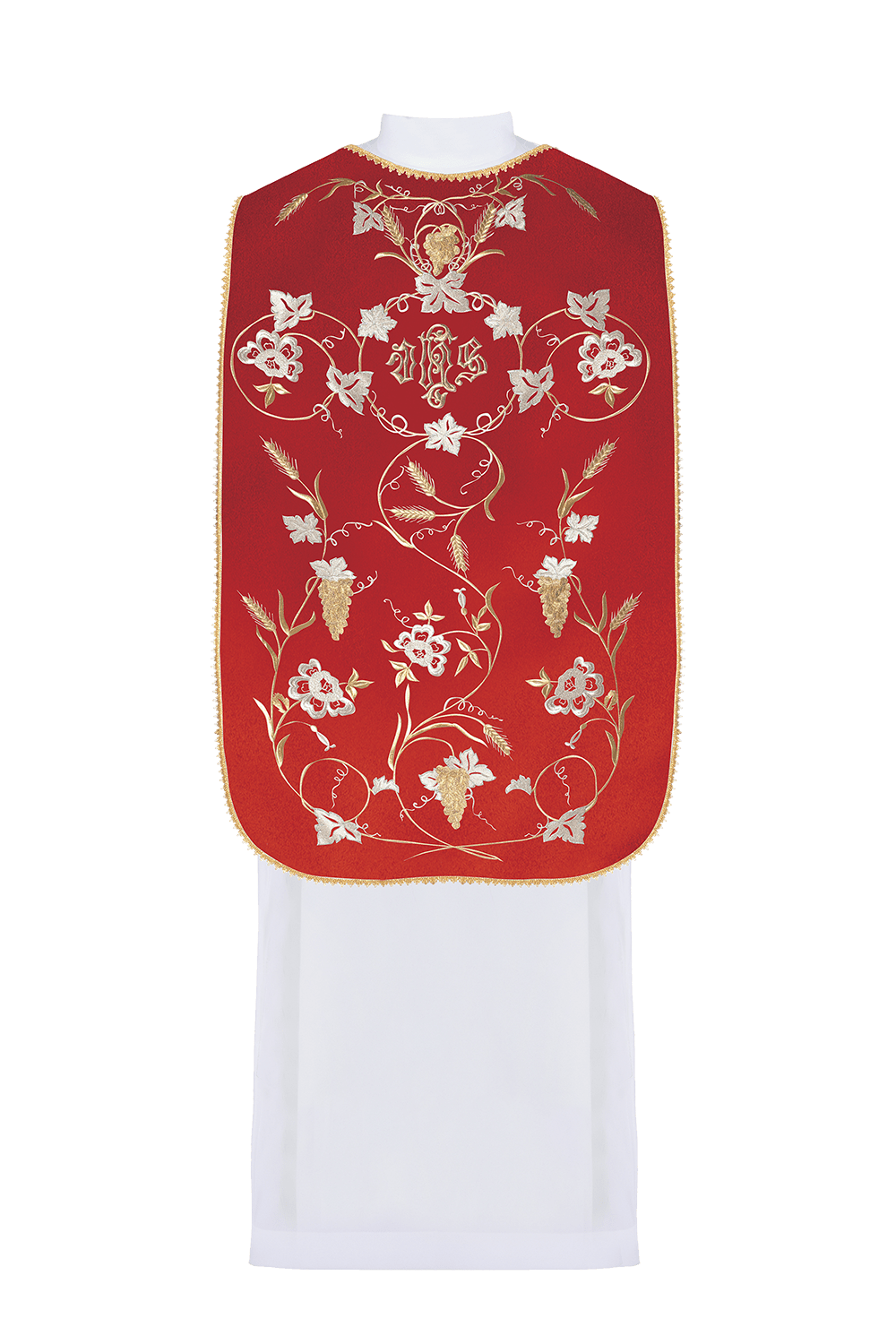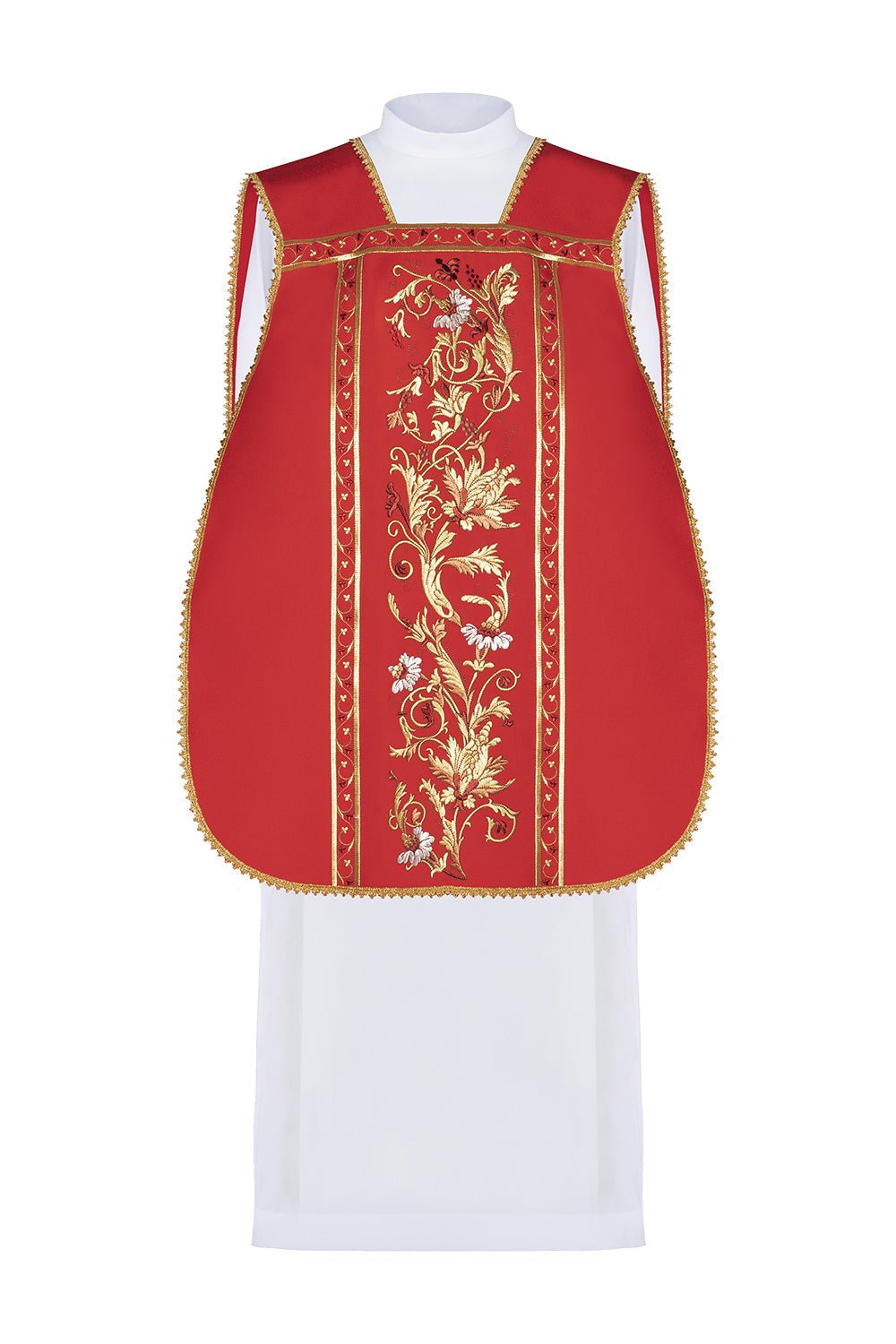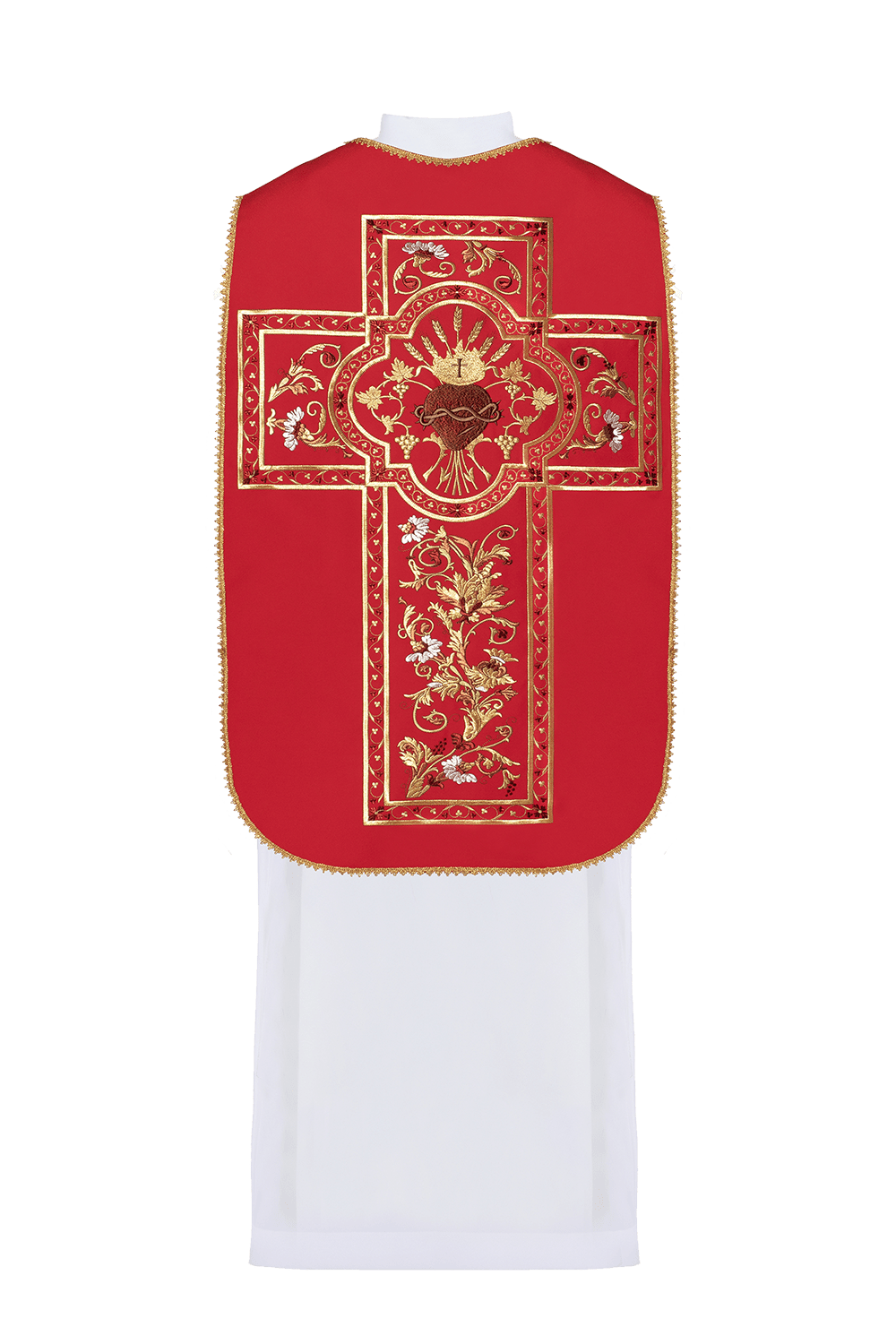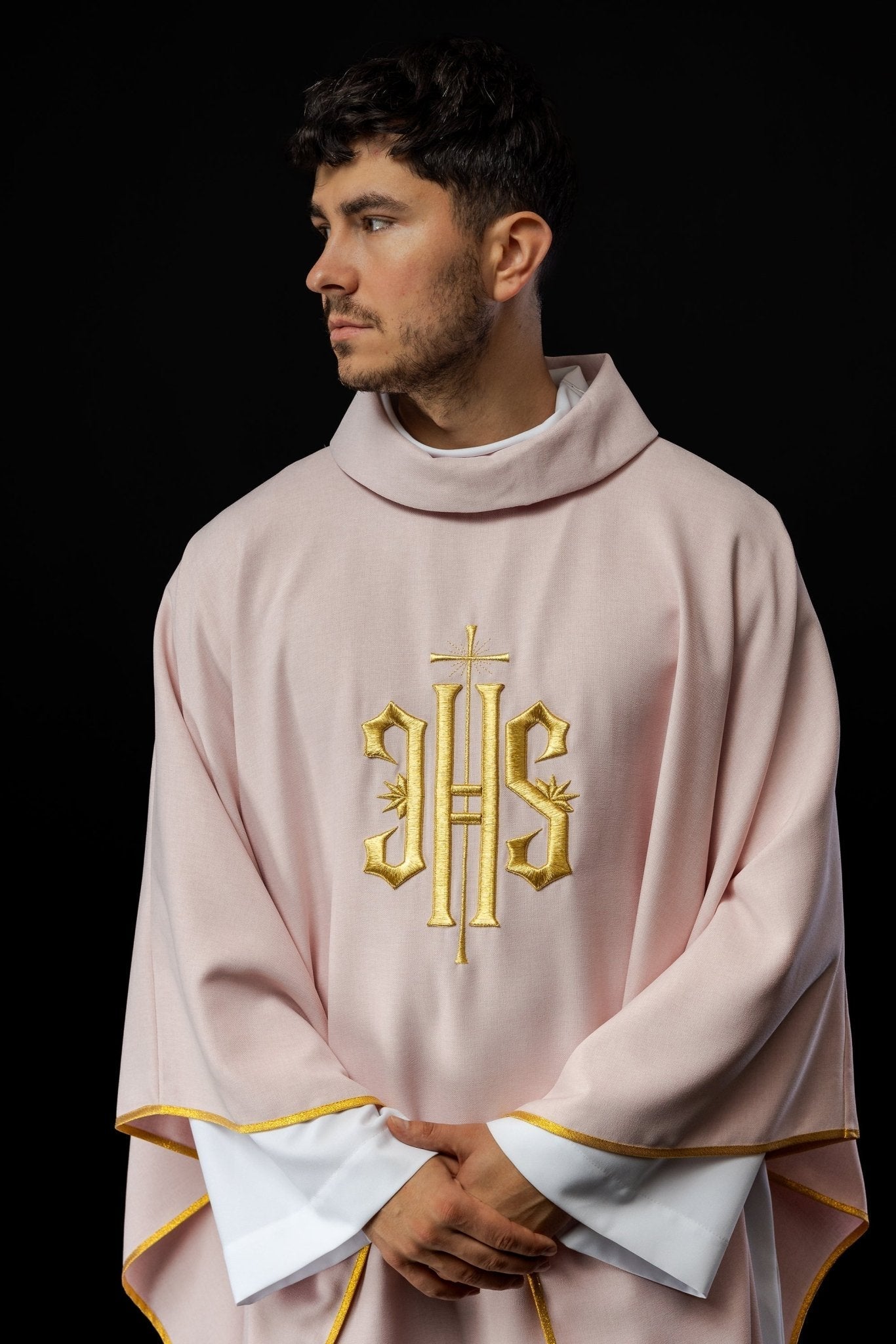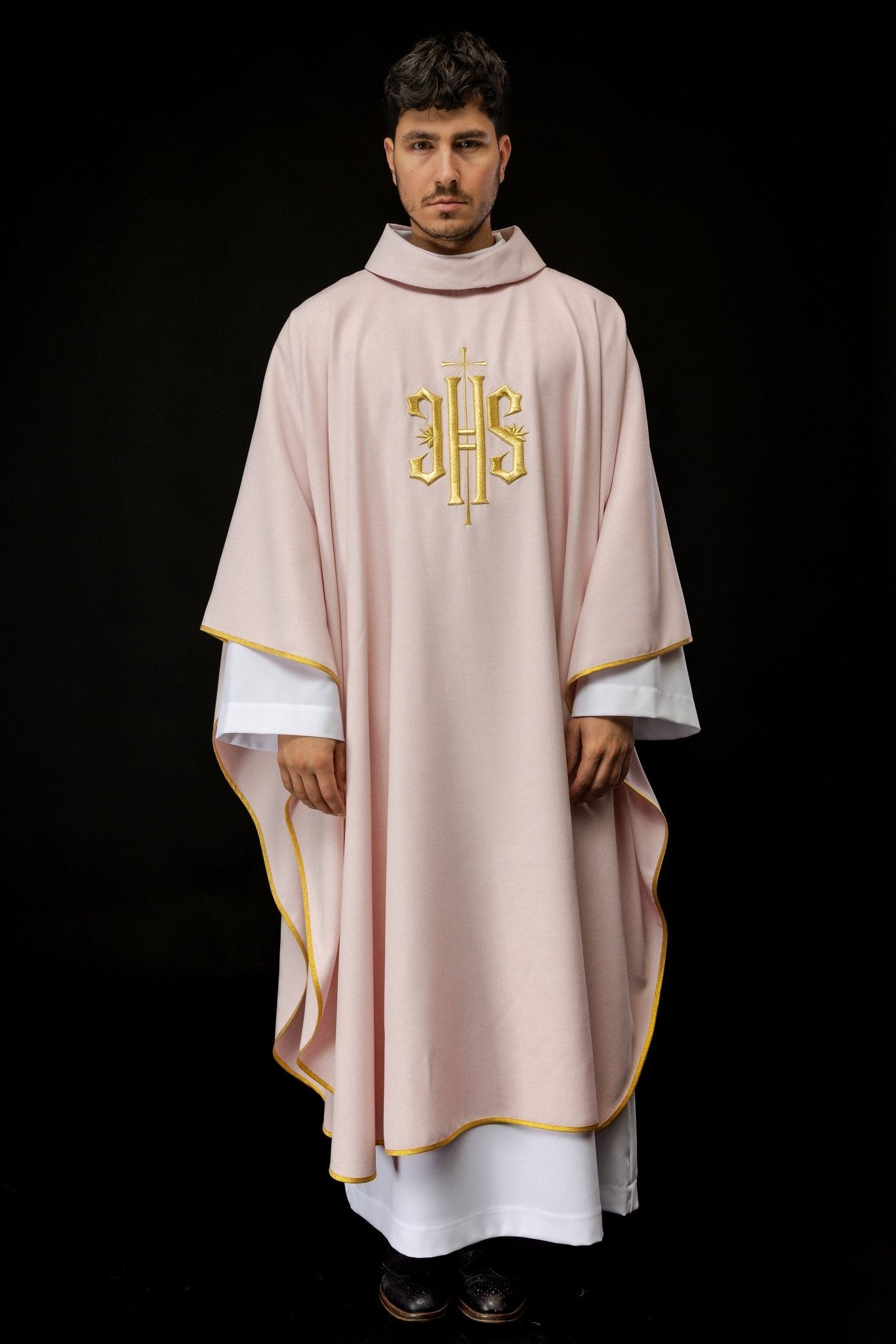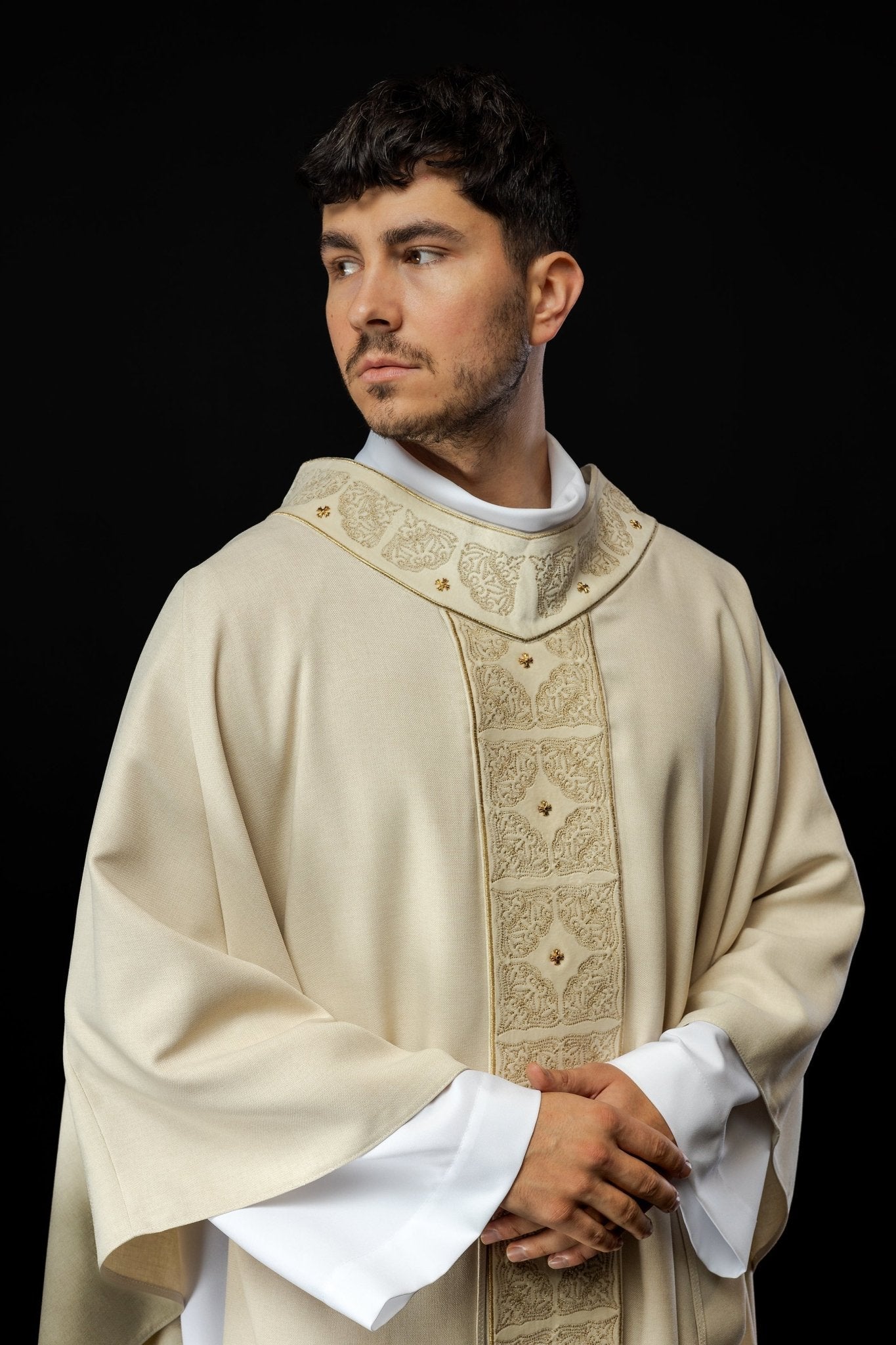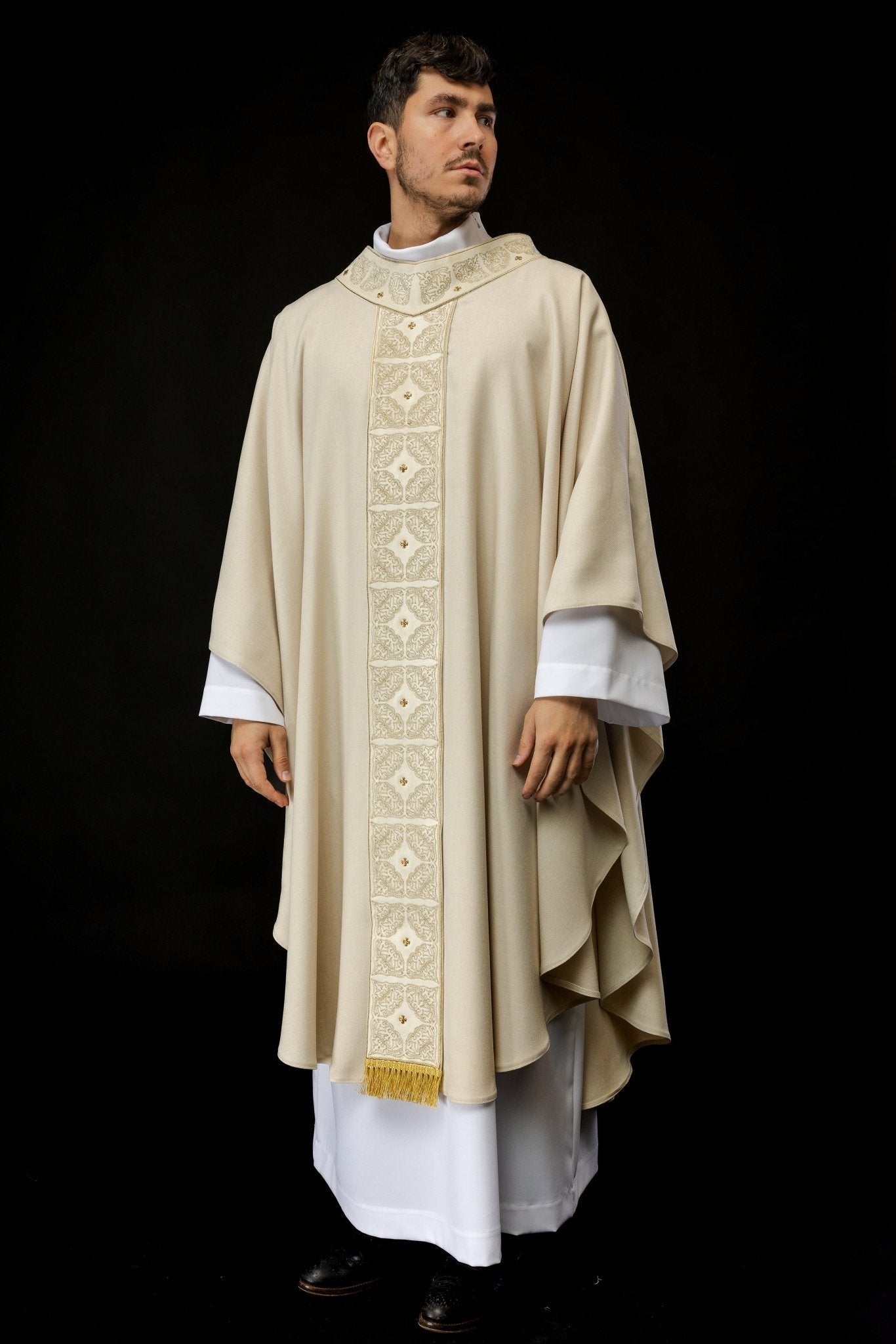Chasubles
Chasubles: A Comprehensive Guide to Liturgical Vestments
Understanding the Significance of Chasubles
Chasubles are essential liturgical vestments worn by priests during the celebration of the Eucharist in various Christian traditions, including the Roman Catholic, Anglican, and some Lutheran churches. These vestments hold deep symbolic meaning and signify the priest's role as the celebrant of the Mass, acting in persona Christi (in the person of Christ). The chasuble's design, color, and embellishments all contribute to the solemnity and spiritual significance of the liturgical celebration.
The History and Evolution of Chasubles
The chasuble's origins can be traced back to the Roman paenula, a simple, cone-shaped cloak worn by both men and women for protection from the elements. In the early centuries of Christianity, priests adopted the paenula as a liturgical vestment, gradually transforming it into the distinct garment we know today as the chasuble. Over time, the chasuble's shape, size, and ornamentation evolved, reflecting changes in liturgical practices and artistic styles.
During the Middle Ages, the chasuble became more elaborate, with heavier fabrics, intricate embroidery, and the addition of orphreys (decorative bands). The Gothic chasuble, characterized by its fuller shape and ornate designs, became the standard form. In later centuries, the Roman chasuble, a more streamlined and simplified version, gained popularity. Today, both Gothic and Roman chasubles are widely used, with variations in style and design reflecting different liturgical preferences and artistic traditions.
The Symbolism of Chasuble Colors
The colors of chasubles hold profound symbolic meaning, representing different seasons and feasts of the liturgical year. The proper use of liturgical colors enhances the visual and spiritual experience of worship, helping to convey the themes and mysteries of the Christian faith.
Green Chasubles
Green is the color of Ordinary Time, the longest period in the liturgical year. It symbolizes hope, life, and spiritual growth. Green chasubles are worn during the weeks between the Christmas and Lenten seasons, and between the Easter and Advent seasons.
Red Chasubles
Red signifies passion, sacrifice, and the Holy Spirit. Red chasubles are worn on feasts of martyrs, Palm Sunday, Good Friday, Pentecost, and celebrations of the Holy Spirit.
White Chasubles
White represents purity, joy, and glory. White chasubles are worn during the Christmas and Easter seasons, on feasts of the Lord (except those relating to His Passion), feasts of the Blessed Virgin Mary, angels, and saints who were not martyrs.
Violet/Purple Chasubles
Violet or purple symbolizes penance, humility, and preparation. Violet chasubles are worn during Advent and Lent, seasons of reflection and spiritual renewal. They may also be worn during Requiem Masses (funerals).
Rose Chasubles
Rose is a color of joy and anticipation, used on Gaudete Sunday (the third Sunday of Advent) and Laetare Sunday (the fourth Sunday of Lent) to mark a pause in the penitential seasons and anticipate the coming feasts of Christmas and Easter.
Black Chasubles
Black is traditionally associated with mourning and remembrance. Black chasubles may be worn during Requiem Masses, although violet is now more commonly used.
Gold Chasubles
Gold can be used as a festive alternative to white, red, or green, signifying solemnity and celebration on major feasts.
Types of Chasubles: Gothic vs. Roman
Two primary styles of chasubles are prevalent in liturgical use: Gothic and Roman. Each style has distinct characteristics that reflect different historical periods and liturgical aesthetics.
Gothic Chasubles
Gothic chasubles are characterized by their fuller, more ample shape, often extending to the wrists and ankles. This style provides a more flowing and dignified appearance. Gothic chasubles typically feature wider orphreys and more elaborate embroidery, reflecting the ornate artistic styles of the Middle Ages. They are often preferred for their traditional and majestic aesthetic.
Roman Chasubles
Roman chasubles are more streamlined and simplified in design, with a shorter length and less fabric. This style allows for greater freedom of movement and is often favored in warmer climates. Roman chasubles typically have narrower orphreys and simpler ornamentation, reflecting a more classical and restrained aesthetic. They are often preferred for their practicality and elegance.
Materials Used in Chasuble Construction
Chasubles are crafted from a variety of fabrics, each offering unique qualities in terms of appearance, durability, and comfort. The choice of material depends on the desired aesthetic, the liturgical season, and the budget.
Wool
Wool is a traditional and durable material that provides excellent drape and warmth. It is often used for Gothic chasubles and those intended for use in colder climates.
Silk
Silk is a luxurious and elegant fabric that offers a beautiful sheen and drape. It is often used for chasubles worn on solemn feasts and special occasions.
Linen
Linen is a lightweight and breathable fabric that is ideal for use in warmer climates. It provides a simple and natural look and is often used for chasubles worn during Ordinary Time.
Polyester
Polyester is a synthetic fabric that is durable, wrinkle-resistant, and easy to care for. It is a cost-effective option for chasubles that are used frequently.
Brocade
Brocade is a richly decorative fabric with woven patterns, often incorporating gold or silver threads. It is used for elaborate chasubles worn on major feasts.
Orphreys: Decorative Bands on Chasubles
Orphreys are decorative bands that adorn chasubles, adding visual interest and symbolic meaning. They are typically made of contrasting fabrics and feature intricate embroidery or woven designs. Orphreys can be arranged in various patterns, such as a simple vertical stripe, a cross, or more elaborate geometric designs.
The designs on orphreys often depict religious symbols, such as the cross, the Chi Rho (a symbol of Christ), the Lamb of God, or images of saints. The colors and materials used in orphreys further enhance the chasuble's symbolic meaning, reflecting the liturgical season or feast.
Embroidery and Embellishments on Chasubles
Embroidery is a common form of embellishment on chasubles, adding intricate detail and artistic expression. Skilled artisans create stunning designs using various embroidery techniques, such as goldwork, silk shading, and needlepoint. Embroidery can depict religious symbols, biblical scenes, or abstract patterns.
Other embellishments used on chasubles include appliques, gemstones, and metallic threads. These additions enhance the chasuble's visual appeal and contribute to its overall solemnity and beauty.
Caring for Chasubles
Proper care is essential to maintain the beauty and longevity of chasubles. The specific care instructions will vary depending on the fabric and embellishments used. However, some general guidelines apply:
- Always follow the manufacturer's care instructions.
- Hand-wash or dry-clean chasubles made of delicate fabrics like silk or wool.
- Use a mild detergent and avoid harsh chemicals.
- Store chasubles in a garment bag to protect them from dust and moths.
- Hang chasubles on padded hangers to prevent wrinkles and maintain their shape.
- Address stains promptly to prevent them from setting.
- Consider professional cleaning for heavily soiled or delicate chasubles.
Purchasing Chasubles: Factors to Consider
When purchasing chasubles, several factors should be considered to ensure a satisfactory purchase. These include:
- Liturgical Needs: Consider the liturgical seasons and feasts for which the chasuble will be used. Choose colors and designs that are appropriate for the occasion.
- Style Preference: Decide whether you prefer a Gothic or Roman chasuble, based on your personal taste and liturgical traditions.
- Material Quality: Select a fabric that is durable, comfortable, and appropriate for the climate.
- Embroidery and Embellishments: Consider the level of detail and artistry you desire in the embroidery and embellishments.
- Fit and Comfort: Ensure that the chasuble fits properly and allows for comfortable movement during liturgical celebrations.
- Budget: Set a budget and explore options within your price range.
- Reputable Supplier: Purchase from a reputable supplier that offers high-quality chasubles and excellent customer service.
Finding the Perfect Chasuble
Selecting the right chasuble is a significant decision that reflects the priest's role as a sacred minister. By considering the historical significance, symbolic meaning, and practical aspects of chasubles, you can find the perfect vestment to enhance the beauty and solemnity of liturgical celebrations.
The Role of Chasubles in Modern Liturgy
In contemporary liturgical practice, chasubles continue to hold a place of honor and significance. While styles and designs may vary, the chasuble remains a powerful symbol of the priest's sacred office and the solemnity of the Eucharist. Modern chasubles often incorporate contemporary artistic designs and innovative materials, reflecting the evolving nature of liturgical art while preserving the traditions of the past.

Express Shipping
Delivery within 1-3 days

Free delivery
on orders over 199 USD

Made in Poland, EUROPE
since 1991

